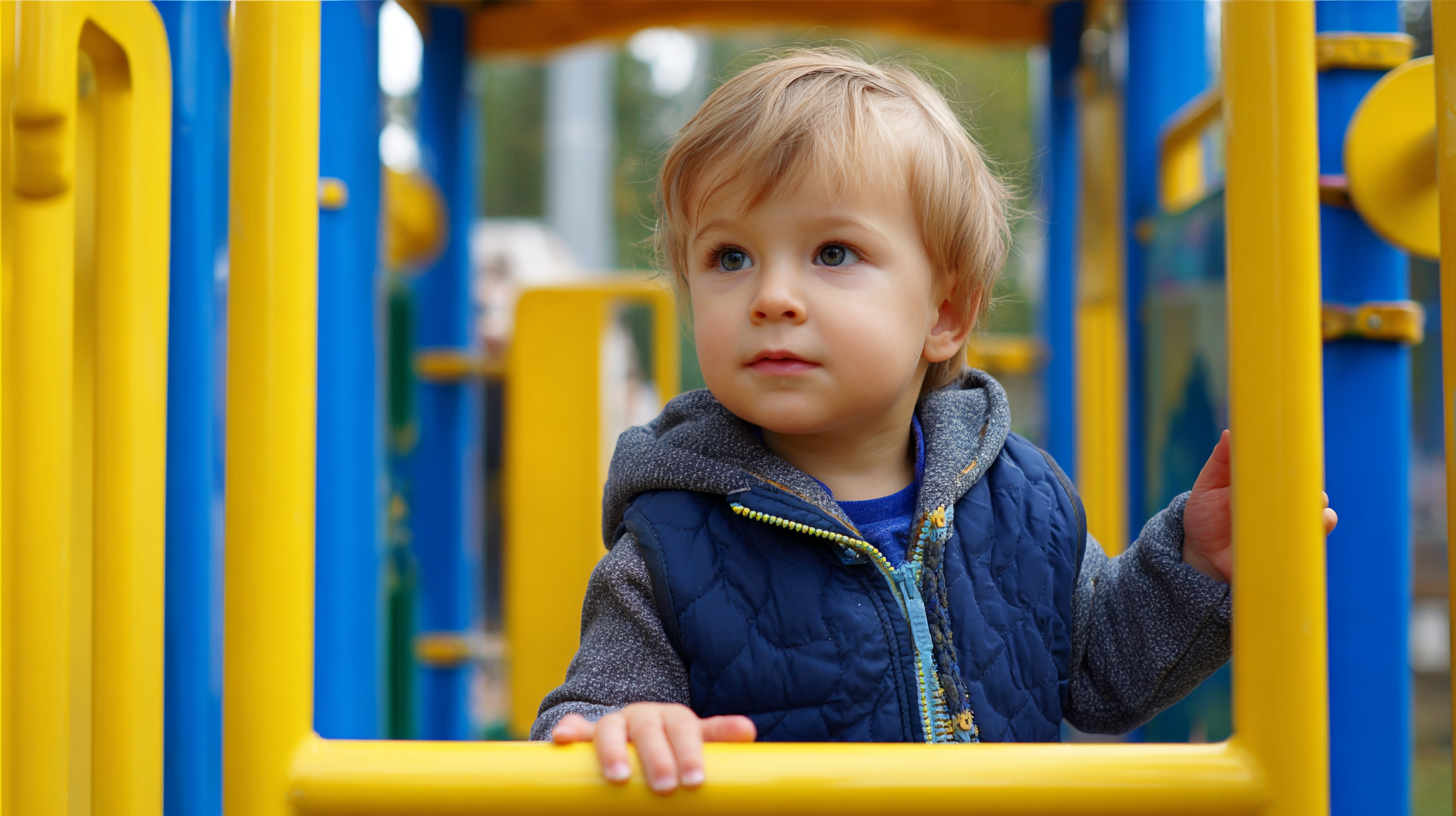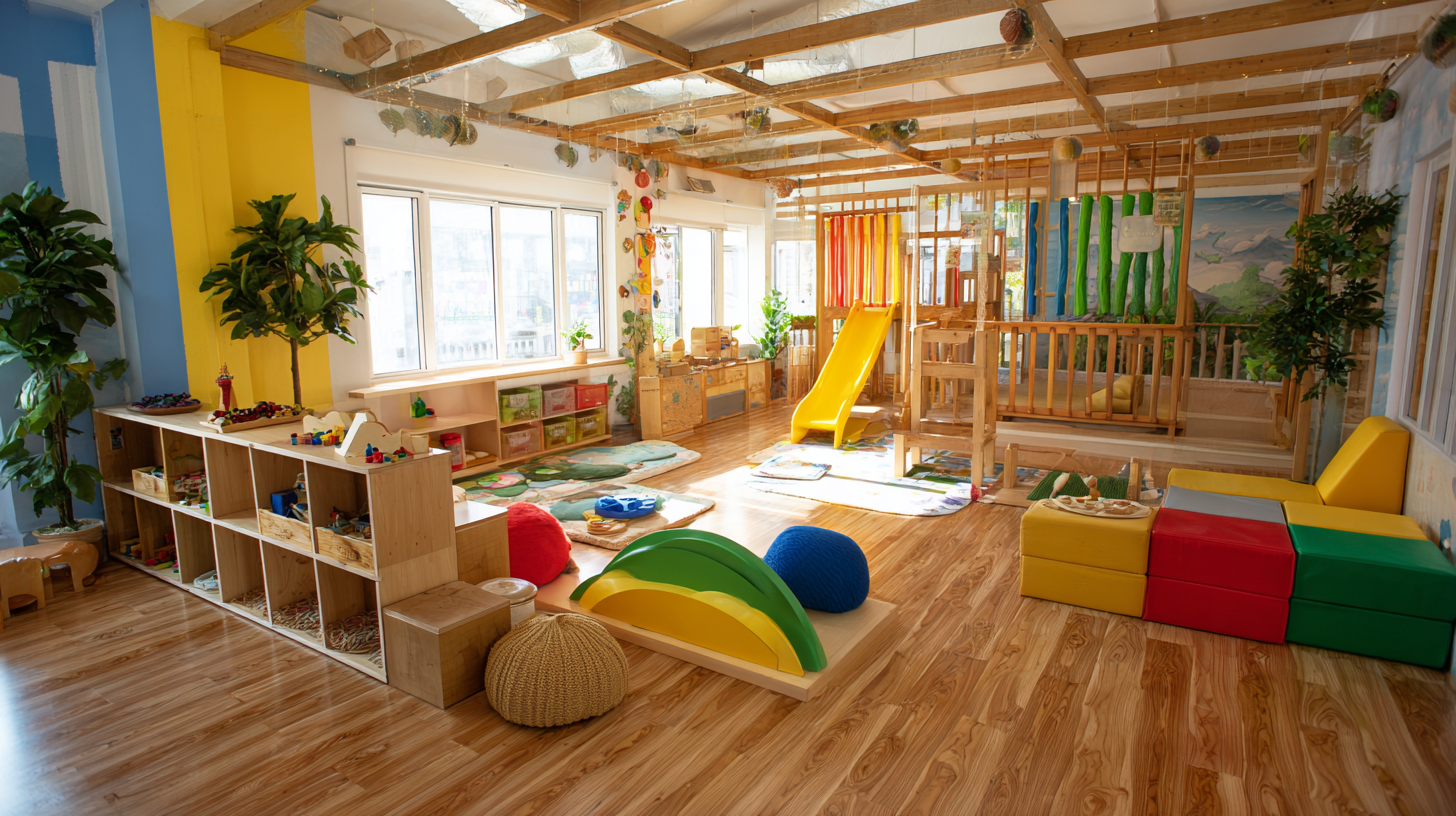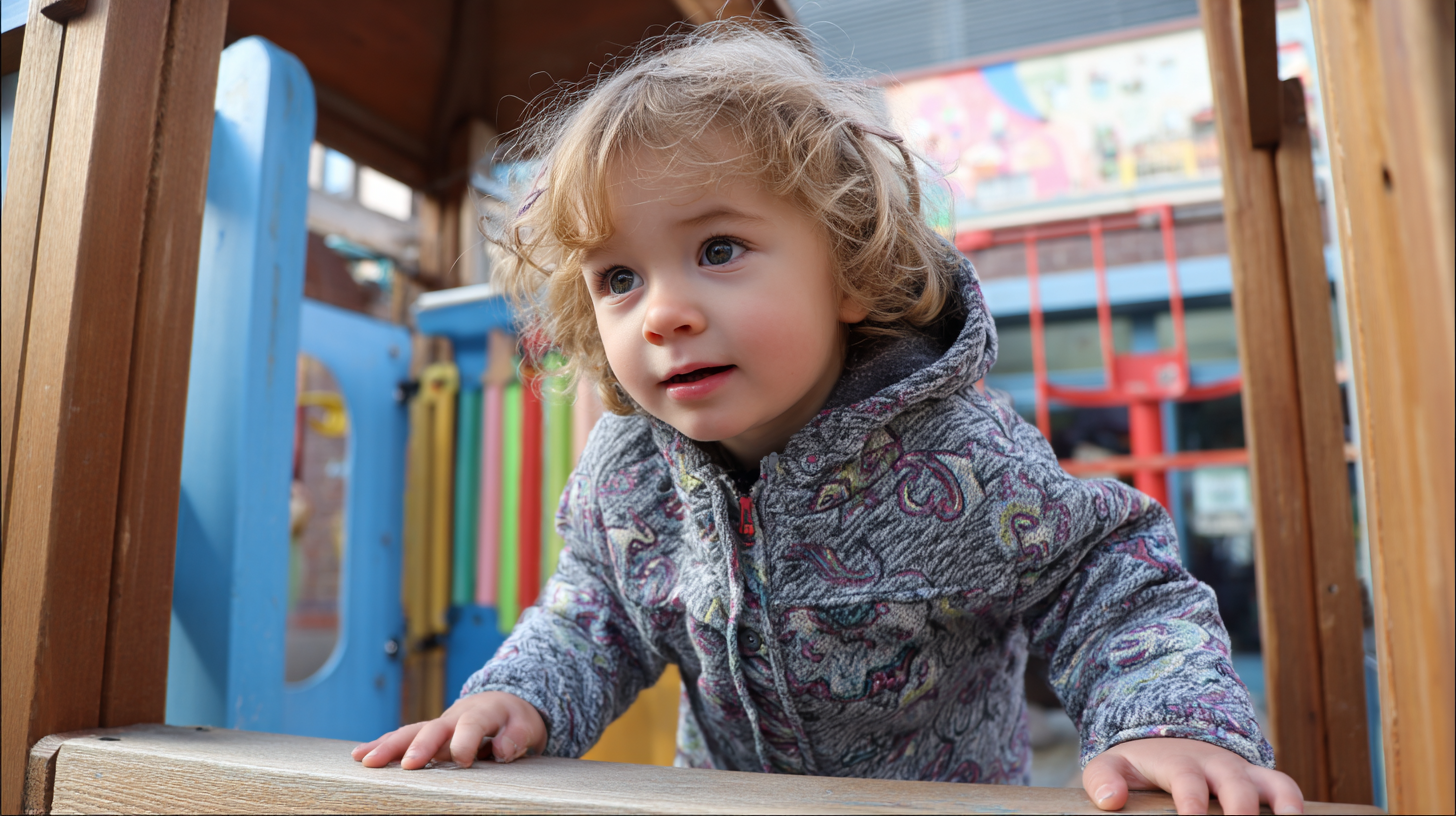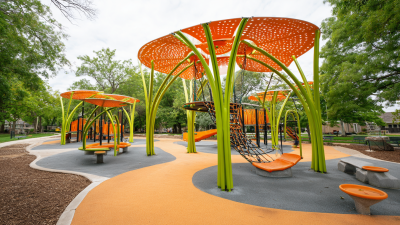 +86-13901441113
+86-13901441113




Choosing the right Playground Nursery for your child is a crucial decision that can significantly impact their early development and learning experiences. Research indicates that children who attend quality early childhood programs have better social skills, emotional regulation, and cognitive development compared to those who do not. According to the National Association for the Education of Young Children, nearly 70% of children under the age of 6 are enrolled in some form of organized early childhood education, underscoring the importance of selecting an environment that fosters growth.

In a Playground Nursery, children engage in structured and unstructured play, which is essential for their physical health and social interactions. As parents, understanding the elements that contribute to an effective Playground Nursery can help ensure that your child thrives both academically and socially during these formative years.
When selecting a nursery for your child, it’s essential to understand the key developmental milestones typical for early childhood. According to the Centers for Disease Control and Prevention (CDC), children aged 2-3 years should achieve significant milestones such as developing language skills, engaging in imaginative play, and showing increased independence. A nursery that fosters an engaging environment can effectively support these milestones through structured play and social interactions.
Notably, the National Association for the Education of Young Children (NAEYC) emphasizes the importance of play in early development, stating that play-based learning helps enhance cognitive and social skills. Nurseries that implement evidence-based curricula focusing on social-emotional learning and physical development are essential in nurturing well-rounded children. Observing how a potential nursery encourages these milestones can provide insights into how well they align with your developmental goals for your child. Look for programs that emphasize collaborative play and language development, as these are vital components for fostering a child's readiness for school and future challenges.
This chart illustrates the achievement rates of key developmental milestones typically observed in nursery settings. Motor skills and language skills show a higher achievement rate, indicating areas of strength in early childhood development.
When evaluating a playground nursery program, it's essential to consider how the curriculum supports your child's developmental needs. According to the National Association for the Education of Young Children (NAEYC), a well-structured curriculum should focus not only on academic skills but also on social, emotional, physical, and creative development. Look for programs that incorporate play-based learning, as research shows that play is critical for cognitive growth. The American Academy of Pediatrics emphasizes that play is a fundamental component of a child's development, providing opportunities to develop problem-solving skills and emotional resilience.
Moreover, assess how the curriculum fosters positive interactions among children and encourages collaboration. A report by the Center for Disease Control and Prevention (CDC) indicates that children who engage in cooperative play tend to exhibit better communication skills and higher levels of empathy. Additionally, ensure that the program includes diverse activities that cater to different learning styles and interests. This approach not only keeps children engaged but also promotes a lifelong love for learning. By focusing on these crucial aspects, you can make an informed decision that supports your child's holistic development in a nurturing environment.

When choosing a nursery for your child, it's vital to investigate safety standards and the quality of outdoor play equipment available. Recent studies highlight the significant impact of environmental play features on children's outdoor play behavior. Safe and engaging play equipment encourages exploration and physical activity, which are crucial for a child's development. However, not all play areas meet essential safety requirements. Parents should be aware of reports indicating that cheaper toys and equipment sourced from overseas can pose serious safety risks.
Additionally, the state of the childcare sector has raised concerns, with alarming instances of facilities lacking basic training in child protection, hygiene, and first aid. The safety of playgrounds should not be overlooked, as statistics reveal that thousands of children visit emergency rooms annually due to playground-related injuries. It’s important for parents to conduct thorough research, ensuring that the nursery they choose adheres to safety checklists and provides high-quality, well-maintained outdoor play equipment.
When selecting a playground nursery for your child's early development, assessing
teacher qualifications is paramount.
Qualified teachers possess the necessary training and experience to foster a stimulating
learning environment. Look for educators with credentials in early childhood education,
as they are more likely to employ age-appropriate teaching methods and activities that
promote cognitive, social, and emotional growth. Additionally, inquire about ongoing
professional development opportunities for the staff, as this reflects their commitment
to staying current with best practices in
early childhood education.
Equally important is the staff-to-child ratio,
which significantly impacts the quality of care and attention your child will receive.
A lower ratio allows for more individual interaction between teachers and children, ensuring
that each child's needs are met. Ideally, nurseries should maintain a ratio that accommodates
at least one teacher for every three to four toddlers, which supports a more personalized
approach to learning. By prioritizing both teacher qualifications and appropriate
staff-to-child ratios, parents can make informed decisions that will greatly benefit
their child's early developmental experiences.

When assessing a nursery environment for your child's development, visiting and observing the nursery in action can provide invaluable insights. Start by paying attention to the interactions between caregivers and children. Positive, nurturing relationships promote emotional security and encourage healthy social skills. Look for caregivers who engage with the children at their level, utilizing eye contact, smiles, and affirmations to foster a welcoming atmosphere.
Moreover, observe the materials and activities available in the nursery. A well-equipped space should offer a variety of age-appropriate resources that stimulate curiosity and learning. Take note of how children interact with these resources—are they engaged, experimenting, and collaborating with peers? This dynamic can reveal a lot about the nursery’s educational philosophy and ability to cater to different developmental needs. Remember, a vibrant and lively environment where children feel safe to explore is often indicative of a quality nursery setting.
| Assessment Criteria | Description | Observation Tips |
|---|---|---|
| Safety Measures | Check for secure fencing, clean play equipment, and emergency procedures. | Observe how the staff responds to safety situations and interacts with children during play. |
| Staff Qualifications | Inquire about staff training and child development knowledge. | Look for staff engagement with children and their ability to answer questions about child development. |
| Play Equipment Variety | Ensure there is a range of equipment that promotes physical, social, and cognitive skills. | Observe the children’s interaction with the equipment and how it supports their play. |
| Cleanliness and Hygiene | Check for regular cleaning practices and availability of sanitary facilities. | Monitor the cleanliness of play areas during your visit. |
| Child Interaction | Observe how children play together and interact with staff. | Assess the levels of engagement and support children receive from adults. |





